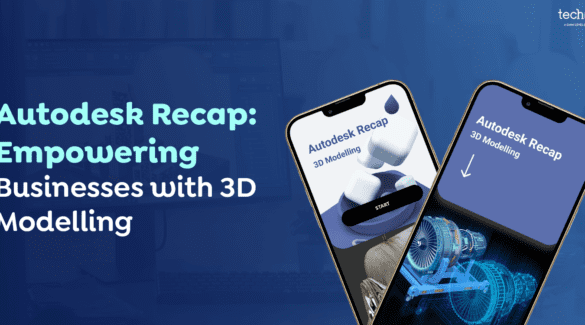2 Apr 2024
Unlocking Financial Prosperity: A Comprehensive Guide to Wealth Management Apps
Nida Akbar
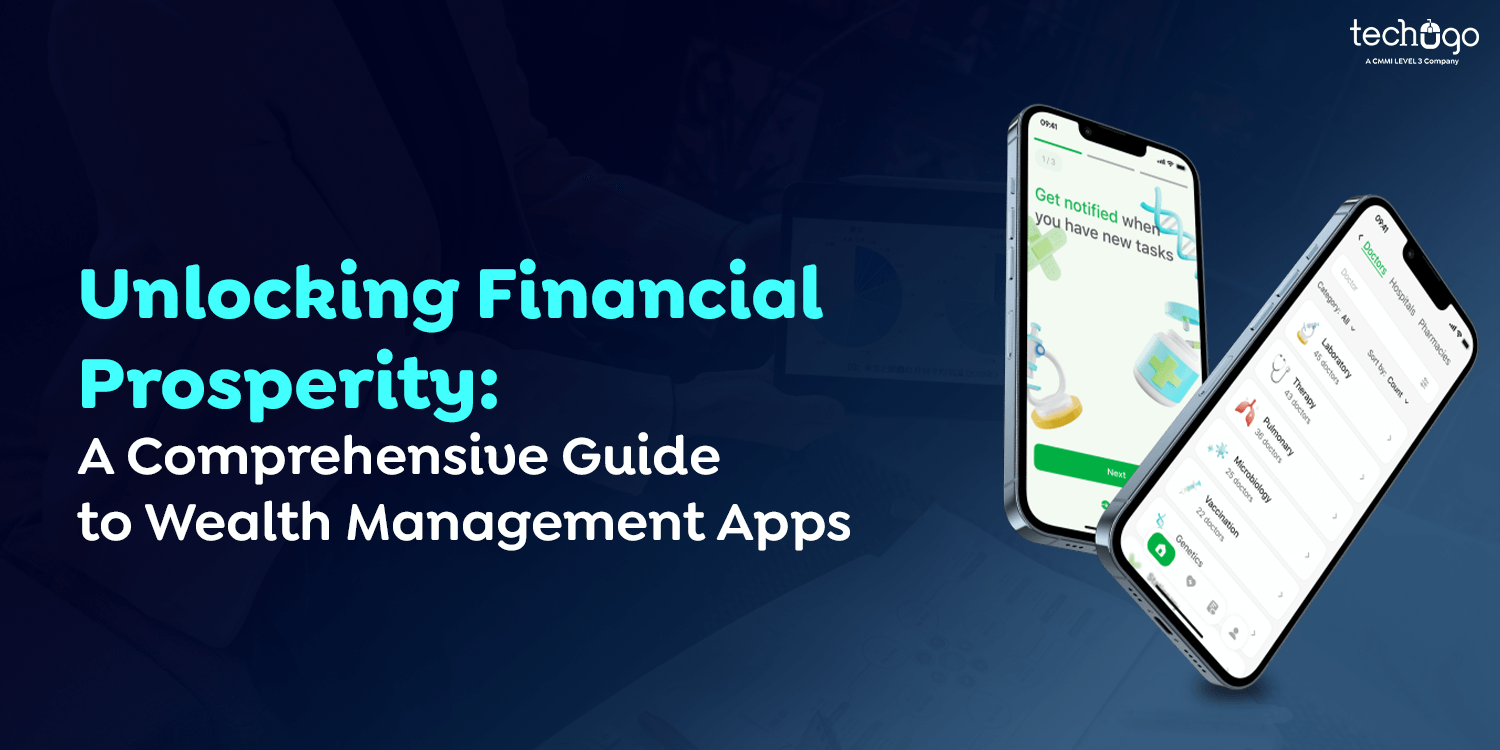
In the constantly changing realm of financial technology, applications for wealth management have surfaced as potent instruments that enable individuals to gain command over their financial matters. These applications present a comprehensive approach to financial strategizing, investment, and overseeing assets, simplifying the intricacies of amassing wealth for users. This article examines the notion of a wealth management app, explores the statistical data and expansion of the fintech app development company, delineates the stages involved in creating such an application, converses about optimal technologies for a mobile app development company in USA, accentuates essential features, highlights the leading 5 wealth management apps, and imparts insights into the expenses linked with constructing and sustaining such applications. To assist you in your expedition to develop a wealth management application, we will also introduce Techugo, a prominent entity in the industry.
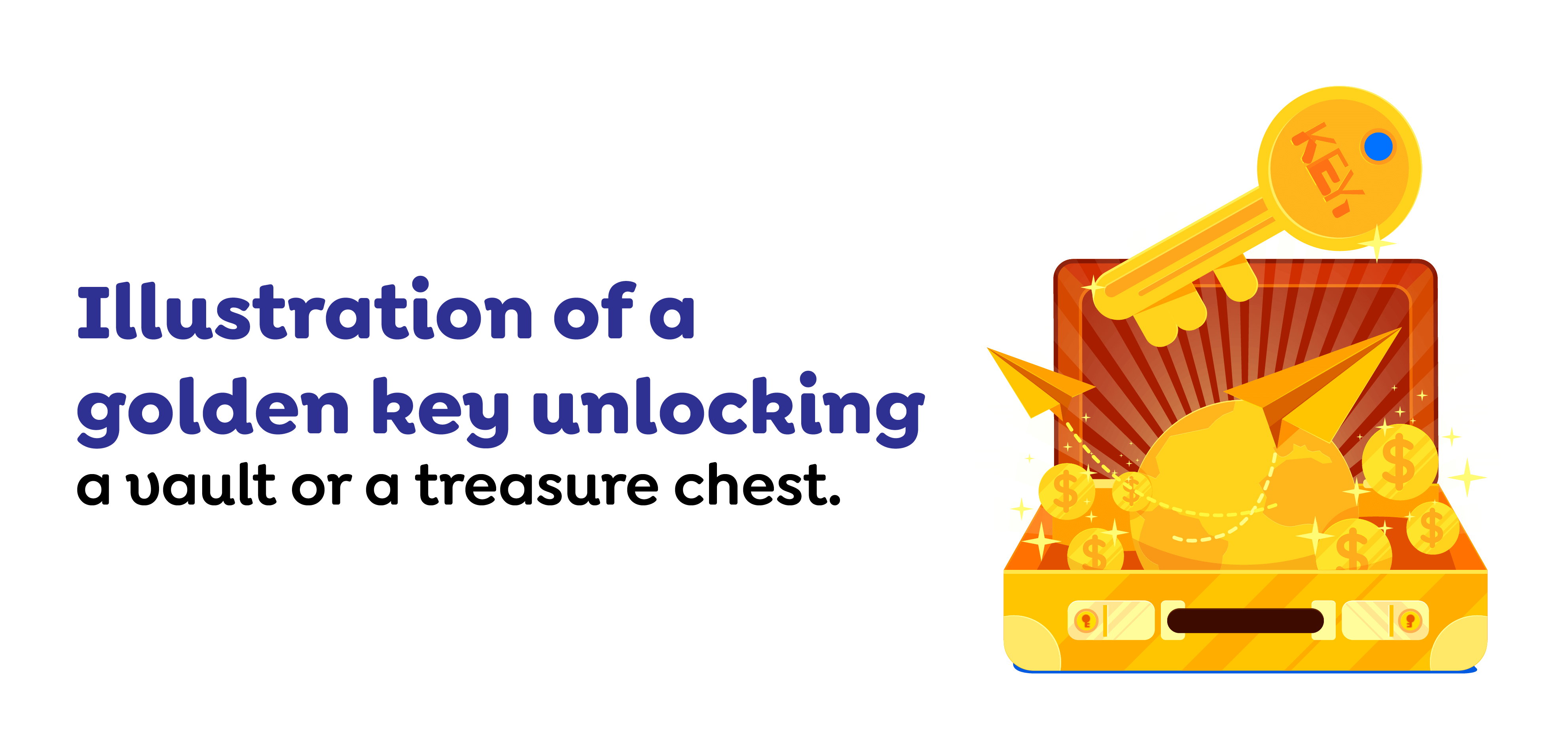
The Wealth Management App: Unveiling Financial Potential
A Prosperity Administration Application is an electronic platform crafted to aid individuals in efficiently overseeing their monetary resources, investments, and assets. It amalgamates financial details, furnishes tailored perspectives, and presents utilities for setting objectives, financial planning, and monitoring investments. The principal objective is to enable users to make well-informed financial choices and enhance their accumulation of wealth progressively.
Market Stats and Growth of the Fintech Industry
The financial industry has experienced remarkable expansion in recent times, and wealth management applications have played a crucial role in this upsurge. As per industry analyses, the worldwide financial technology market is anticipated to achieve a value of USD 305 billion by 2025, propelled by the escalating acceptance of digital financial services. Wealth management applications substantially contribute to this surge as individuals progressively pursue easily navigable and technology-infused alternatives to administering their financial assets.
![]()
Steps to Develop a Wealth Management App
Market Analysis:
Perform comprehensive market analysis to comprehend user requirements, inclinations, and the competitive landscape. Recognize target demographics and evaluate market voids to customise your application accordingly.
Specify Characteristics:
Precisely articulate the attributes and capabilities your application will provide. This could encompass monitoring portfolios, suggesting investments, establishing financial objectives, and more.
Choose the Technology Stack:
Select the appropriate technology stack for your app. Factors such as scalability, security, and user experience should influence your choices. Common technologies include React Native or Flutter for cross-platform development.
User Interface (UI) Formation:
Generate an instinctive and user-friendly blueprint that corresponds to the inclinations of your designated audience. Emphasise simplicity and lucidity in manoeuvring.
Development:
Mobile app development company in USA, ensuring it meets security standards and regulatory requirements. Implement robust backend systems for data storage and management.
Also Read : App Development for Cake and Flowers Delivery in USA: Happiness At Your Doorstep!
Evaluation:
Conduct exhaustive assessments of the application for functionality, security, and user friendliness. Execute beta trials to collect user insights and institute the requisite enhancements.
Commence:
Roll out the application on pertinent platforms, such as the App Store and Google Play. Execute a well-defined marketing strategy to stimulate user engagement.
The Best Technologies for Developing a Wealth Management App
The selection of technology stands as a crucial determination, wielding a substantial impact on the prosperity of a wealth management application. A prudently chosen technological framework guarantees peak efficiency, scalability, and economic viability. Out of the numerous alternatives accessible, two prominent structures for the progression of wealth management applications are React Native and Flutter, both tailored for cross-platform advancement.
React Native:
Pros:
Inter-Platform Compatibility:
React Native empowers developers to script in JavaScript and deploy it universally on both iOS and Android platforms, thereby curtailing development duration and expenses.
Community Backing:
Backed by a sizable and dynamic community, React Native provides extensive reservoirs of resources, libraries, and external add-ons, expediting rapid development and resolution of issues.
Dynamic Reload Functionality:
Developers have the ability to instantly witness the consequences of code modifications, enhancing the efficiency of debugging and expediting the development cycle.
Seamless User Encounter:
React Native allows for the formulation of a native appearance and sensation, ensuring an uninterrupted and responsive user journey.
Considerations:
Despite React Native’s commendable inter-platform capabilities, developers may face hurdles when grappling with intricate animations or extensively customised platform-specific features.
Other Considerations for the Technology Stack:
Apart from the cross-platform frameworks, integrating the following technologies can enhance the functionality and security of your wealth management app:
Backend Development:
Use reliable backend technologies such as Node.js, Django, or Ruby on Rails to handle data storage, processing, and user authentication securely.
Database Management:
Opt for robust databases like MongoDB, MySQL, or PostgreSQL to ensure efficient data management and retrieval.
API Integration:
Integrate financial APIs to fetch real-time market data, investment information, and account details securely.
Security Measures:
Implement SSL/TLS encryption, two-factor authentication, and secure data storage practices to safeguard sensitive user information.
Cloud Solutions:
Harness cloud solutions like AWS or Azure to establish expandable infrastructure, guaranteeing peak performance and dependability.
By meticulously choosing a technology assortment that corresponds with your project prerequisites and forthcoming scalability requirements, you establish a robust groundwork for the triumph of your wealth management application. Stay current with technological progressions and optimal industry methodologies to ensure your application stays competitive and user-centric in the dynamic fintech industry.
Key Features to Develop a Wealth Management App
User authentication and security:
Implement robust authentication methods and encryption to ensure user data security.
Investment Portfolio Monitoring:
Supply users with live monitoring of their investment collections, encompassing performance indicators and historical records.
Setting Monetary Goals:
Enable users to articulate and oversee financial goals, like amassing funds for a home, education, or retirement.
Investment Suggestions:
Integrate algorithms or insights from financial experts to provide personalised investment advice rooted in user inclinations and risk tolerance.
Financial Planning Utilities:
Integrate features for formulating budgets, tracking expenses, and planning finances to assist users in effectively overseeing their everyday expenditures.
Alerts and Notifications:
Keep users apprised of market tendencies, alterations in their portfolios, and other pertinent updates through push notifications and alerts.
Linkage with Financial Organizations:
Allow users to link their bank accounts, credit cards, and investment portfolios for smooth integration of data and supervision of transactions.
Top 5 Wealth Management Applications
Wealthfront:
It is renowned for its automated investment system and resilient financial planning instruments.
Betterment:
Presents an easily navigable interface and individualised investment approaches aligned with user objectives and risk tolerance.
Also Read : Investing for All: The Inclusive World of Micro-Investment Apps
Robinhood:
Well-received for its stock trading devoid of commissions and a straightforward interface, drawing in a younger audience.
Acorns:
It distinguishes itself through an innovative method of accumulating spare change from everyday purchases for investment.
Personal Capital:
Merges robo-advisory solutions with guidance from human financial advisors, serving a broad spectrum of users.
E*TRADE:
Acknowledged for its internet brokerage amenities, it delivers users a venue for exchanging stocks, ETFs, and alternative investment tools.
Fidelity Investments:
Famous for its extensive assortment of investment commodities, encompassing mutual funds, retirement accounts, and internet trading,.
Vanguard:
Celebrated for its economically priced index funds and exchange-traded funds (ETFs), serving extended investors with an emphasis on inactive methodologies.
Also Read : How Blockchain Wallets Are Effective Tool To Save your Funds?
Charles Schwab:
It is notable for its brokerage and investment management services, offering a range of financial products and solutions.
M1 Finance:
Distinguishes itself with its blended robo-advisory system, enabling users to formulate personalised investment portfolios and automate their financial tactics.
These wealth administration applications present an assortment of characteristics tailored to the inclinations and needs of an extensive range of users, furnishing them with all-encompassing resolutions for overseeing and expanding their wealth.
Cost to Develop a Wealth Management App
Grasping the financial repercussions of constructing a wealth management application is pivotal for efficient project delineation and allocation of resources. The expenses can fluctuate considerably based on diverse factors, encompassing the application’s attributes, intricacy, developmental duration, and the technological framework selected. Let’s delve deeper into the fundamental considerations when approximating the expenses of creating a wealth management application.
Feature Collection:
The attributes you opt to incorporate in your wealth management application play a pivotal role in determining the overall expenditure. Fundamental functionalities such as monitoring portfolios and offering investment suggestions are standard, but sophisticated features like instantaneous market analysis, AI-infused financial perspectives, and amalgamation with external financial services can contribute to augmented developmental costs.
Complexity:
The complexity is a major cost of developing a fintech app. Apps with intricate user interfaces, advanced algorithms for investment strategies, and seamless integration with external APIs or financial institutions typically require more development time, leading to higher costs.
Development Duration:
The duration needed to construct a wealth management application distinctly affects the total expenditure. A clearly defined and optimised development procedure, coupled with proficient developers, can hasten the project and potentially curtail costs. However, hurried development may imperil the quality and user experience.
Technological Framework:
The selection of a technological framework, as previously discussed, influences both the development duration and expenses. Cross-platform frameworks such as React Native or Flutter can provide cost-effectiveness by enabling code reuse across iOS and Android platforms. Nevertheless, the specific requirements of your project may mandate alternative technologies, impacting the overall cost of developing a fintech app.
User Interface (UI) Composition:
Investing in an instinctive and aesthetically pleasing UI composition contributes to a favourable user experience. Though a well-crafted interface can enrich user involvement and contentment, it may also entail supplementary design expenses. Striking a balance between design intricacies and budget constraints is pivotal for a fruitful and economical outcome.
Examination and quality assurance:
A thorough examination is imperative for recognizing and rectifying any glitches or predicaments in the application. The more exhaustive the examination process, the more precise and dependable the application will be. Nevertheless, extensive testing can prolong the development schedule and escalate costs.
After-Development Expenditures:
Assigning financial resources in the budget for ongoing maintenance and updates is a pivotal facet frequently disregarded. Routine updates are vital to tackle security susceptibilities, introduce novel features, and ensure compliance with evolving mobile operating systems. A deficiency in budget for maintenance can imperil the prolonged triumph of the application.
How to Monetize a Wealth Management App
Membership Schemes:
Provide exclusive functionalities and perspectives via subscription arrangements featuring different degrees of entry.
Transaction Levies:
Impose charges on users, either a percentage of their investment profits or a fixed fee for particular transactions.
Associations and cooperation:
Forge alliances with financial establishments or incorporate affiliate marketing to garner commissions through user recommendations.
Embedded Application Publicity:
Exhibit tailored advertisements within the application, generating income from advertisers.
Unbranded Alternatives:
Grant a licence for the application to other financial entities or enterprises for a fee.
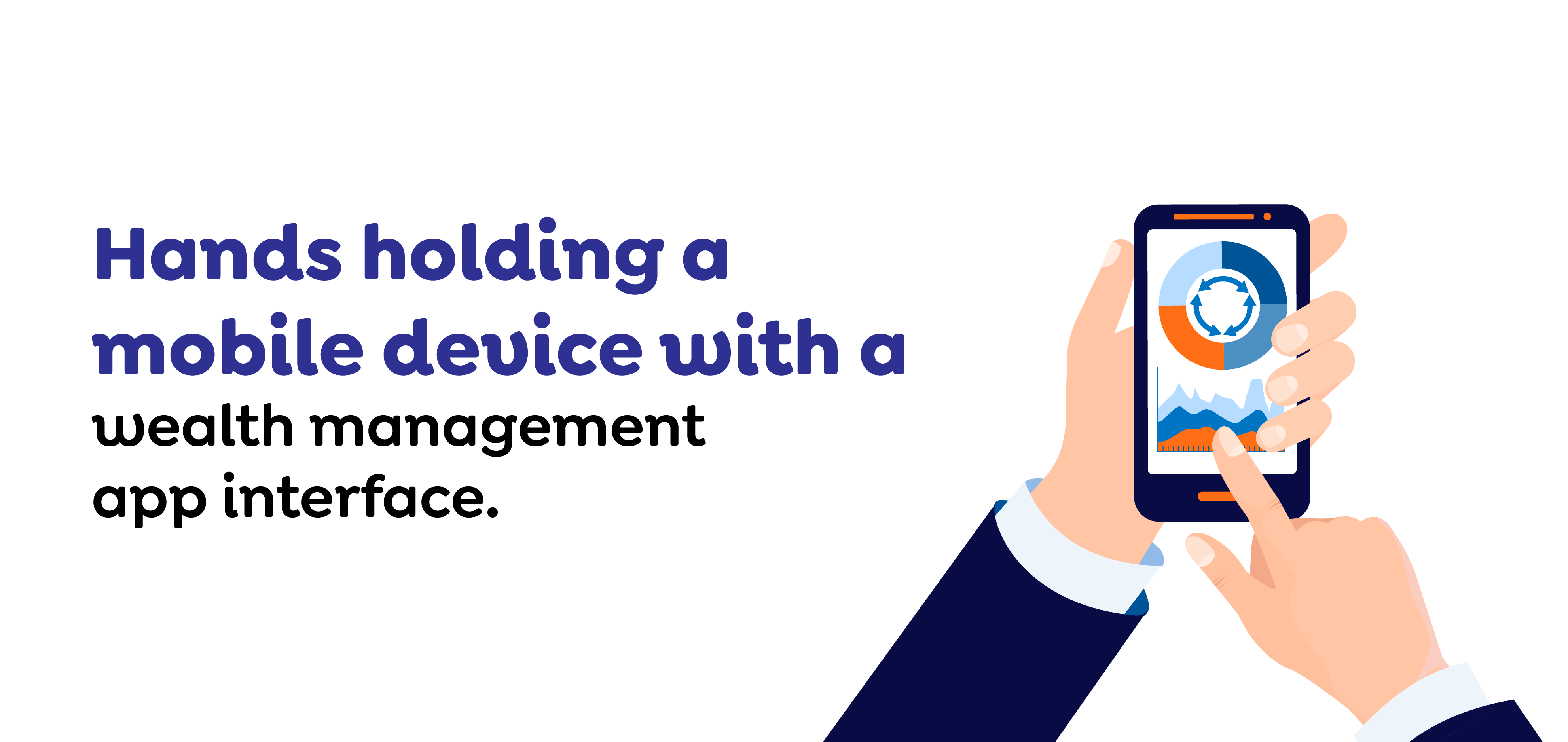
How Much Does It Cost to Maintain a Wealth Management App: A Strategic Investment?
Understanding the preliminary expenses in developing a wealth management application is pivotal; equally significant is comprehending the continual costs linked with upkeep. Maintenance expenses encompass diverse elements, such as server hosting, security updates, bug rectifications, and augmentations of features. In this context, we will scrutinize the fundamental constituents of maintenance costs and provide perspectives on strategic methodologies for budgeting.
Also Read : Diabetes Management App – The Ultimate Guide To Create Your Own MySugr
Server Hosting:
Providing hosting services is an essential aspect of preserving a wealth management application. The expense associated with server hosting relies on factors like the magnitude of the user base, necessities for data storage, and the intricacy of your application’s backend structure. Cloud services such as AWS, Azure, or Google Cloud present adaptable solutions, enabling adjustments to hosting expenditures in accordance with usage.
Also Read : Cloud Computing in Healthcare: The Transformation of World Healthcare System
Security Revisions:
Guaranteeing the safeguarding of a wealth management application holds paramount significance. The realm of online threats is in constant flux, demanding periodic revisions to fend off possible vulnerabilities. Dedicate monetary assets within your financial plan for the integration of state-of-the-art security patches, encryption protocols, and adherence to optimal industry methodologies. These measures protect user data and assure conformity with regulatory benchmarks.
Bug Rectifications:
Despite thorough testing during the developmental phase, glitches and bugs may emerge over time. Swiftly addressing these issues is imperative to sustaining an uninterrupted user experience. The cost associated with bug rectifications depends on the complexity of the identified problems and the expeditiousness with which they are resolved. Adopting a proactive approach to bug resolution diminishes potential user grievances and preserves customer trust.
Feature Augmentations:
To remain competitive in the dynamic environment of a fintech app development company, continual refinement and enhancement of features are indispensable. Allocate a segment of your maintenance budget for the introduction of novel functionalities, improvement of the user experience, and adaptation to evolving market tendencies.
Regularly gather user feedback and scrutinise industry advancements to discern prospects for enhancing your wealth management application.
Regulatory Adherence:
Financial applications, particularly those pertaining to wealth management, must conform to stringent regulatory benchmarks. Stay informed about modifications to financial regulations and assign resources to assure perpetual adherence. Neglecting compliance with regulatory requisites can lead to legal ramifications, financial penalties, and harm to the standing of your application.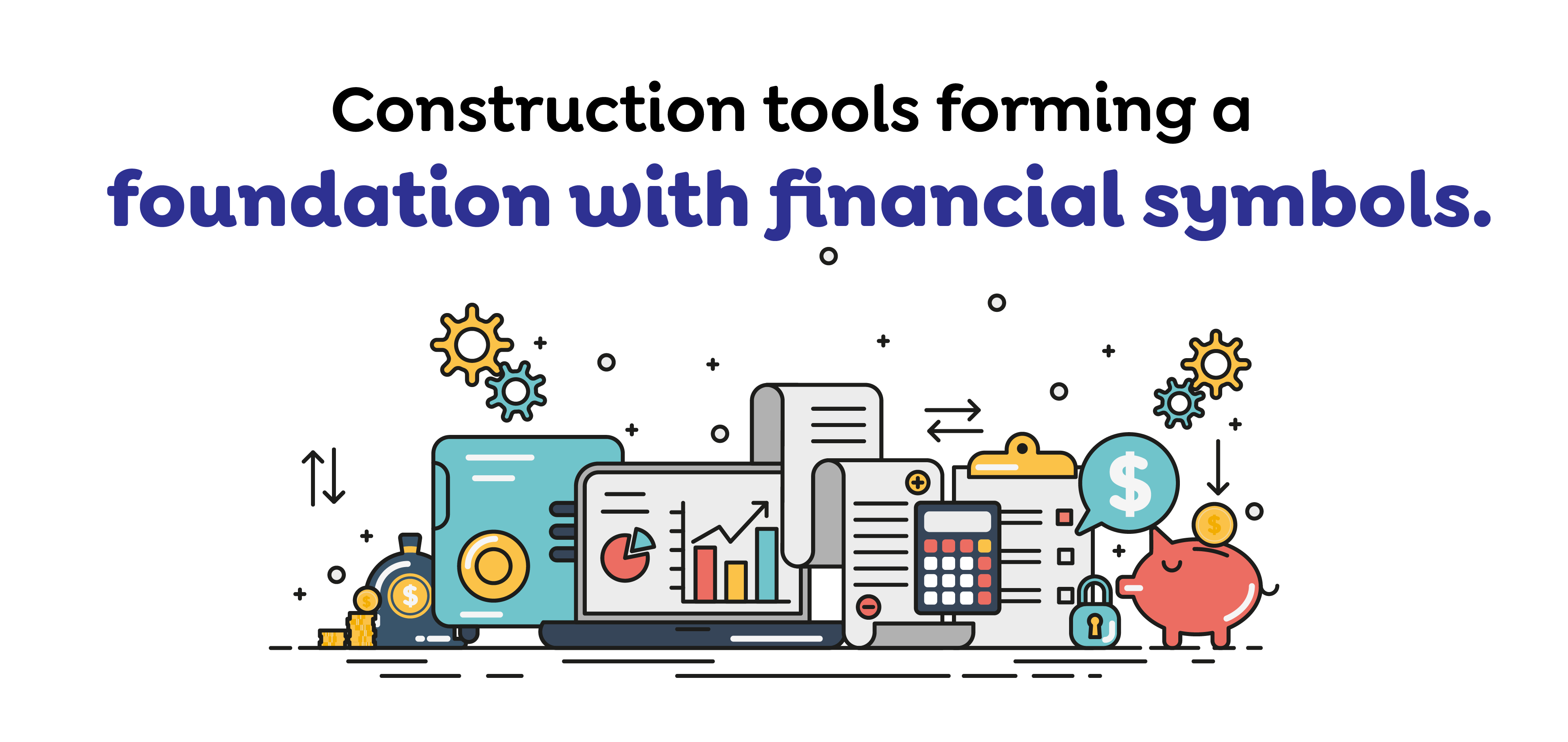
Commence Your Expedition in Crafting a Wealth Management App with Techugo!
Techugo, an eminent on-demand app development company, distinguishes itself as a trustworthy ally for the initiation of your wealth management application development venture. Boasting a squad of seasoned developers, designers, and project overseers, Techugo has the capacity to breathe life into your conceptualization. Their verified history of furnishing triumphant financial technology solutions establishes them as a relied-upon selection in the sector.
Summing Up: Navigating the Wealth Management App
Development Landscape
Conclusively, applications for a wealth management app have evolved into essential instruments for individuals pursuing financial empowerment and authority. The expansion of the financial technology sector, coupled with progress in technology, presents abundant chances for entrepreneurs to venture into this domain. By adhering to the delineated procedures, employing appropriate technologies, and integrating pivotal functionalities, you have the potential to craft a thriving wealth management application that accommodates the ever-changing requirements of contemporary users. Keep in mind that the expedition commences with a well-developed strategy and a trustworthy development collaborator such as Techugo to assist you at every juncture.
Reach out to our experts to discover further insights on how Techugo, a mobile app development company in the USA, can enhance your business growth with inventive app creation.
Get in touch with our panel of specialists now to begin the dialogue.
Get in touch.
Write Us
sales@techugo.comOr fill this form



